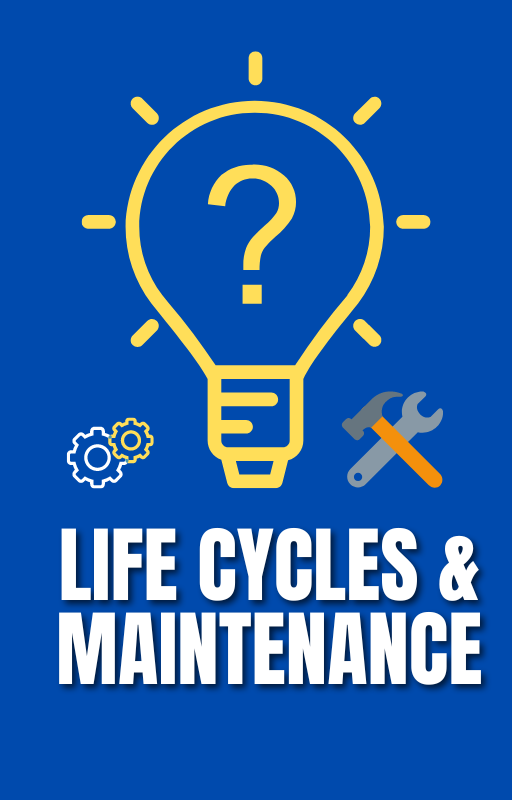Common Issues with Pool Filters: Guide
A clean and well-maintained pool is a refreshing oasis during the hot summer. Behind the scenes, the pool filter keeps the water crystal clear and free from debris and contaminants. However, pool filters can encounter various issues that hinder their performance. In this guide, we will explore common issues with pool filters. By understanding and addressing these issues, you can ensure optimal pool filtration and a pleasant swimming experience.
Understanding Pool Filters
There are three primary types of pool filters: sand, cartridge, and diatomaceous earth (DE). Each type utilizes different mechanisms to filter out impurities and maintain clean water. Regular maintenance and cleaning are crucial to ensure the filters function optimally.
Here are the names of the top pool filters:
- Pentair Clean & Clear Plus Cartridge Filter
- Jandy CL Series Cartridge Filter
- Sta-Rite System 3 Modular Media Filter
- Hayward SwimClear Cartridge Filter
- Pentair Quad D.E. Filter
- Hayward ProGrid D.E. Filter
Common Issues with Pool Filters
Clogging or Reduced Flow Rate
Clogging is a common issue that can impede water flow through the filter, leading to reduced efficiency. Debris accumulation, dirty filter media, or plumbing issues are often the culprits behind clogs. To resolve this problem, you can follow these steps:
– Step 1: Turn off the pool pump and isolate the filter.
– Step 2: Remove and clean the filter media thoroughly.
– Step 3: Inspect the plumbing system for any obstructions and clear them if necessary.
– Step 4: Reassemble the filter and restart the pool pump, ensuring proper flow.
2. Leaks and Drips
Leaks and drips can cause water loss and disrupt the filtration process. Identifying the source of leaks is crucial for effective repair. Familiar sources include damaged o-rings, worn-out seals, or loose connections. Here’s how you can fix them:
– Step 1: Inspect the filter components, such as o-rings and seals, for any signs of damage or wear.
– Step 2: Replace the faulty o-rings or seals with new ones.
– Step 3: Tighten loose connections or replace damaged plumbing parts.
3. Excessive Pressure on the Filter Gauge
If you notice abnormally high-pressure readings on the filter gauge, it indicates a problem with water flow. Clogs or closed valves are the usual suspects behind this issue. To alleviate excessive pressure, follow these steps:
– Step 1: Turn off the pool pump and relieve pressure by opening the air relief valve.
– Step 2: Inspect the filter for clogs and clean or backwash the filter media.
– Step 3: Check the valve positions and ensure they are open to allow proper water flow.
4. Poor Water Quality or Cloudy Water
Pool water that appears cloudy or has poor quality indicates inadequate filtration. Insufficient filtration, combined with chemical imbalances, can result in water clarity issues. Follow these troubleshooting methods to improve water clarity:
– Step 1: Clean or replace the filter media, depending on the filter type.
– Step 2: Test the water chemistry and adjust pH, alkalinity, and sanitizer levels as necessary.
– Step 3: Run the pool pump adequately to ensure proper circulation and filtration.
| Product Image | Product Name / Price / Primary Button |
|---|---|
How to Fix Common Issues with Pool Filter
1. Cleaning and Maintaining the Filter Media
Regular cleaning and maintenance of the filter media are essential for consistent filtration. The process varies depending on the type of filter:
– Sand Filter: Backwash the filter by reversing the water flow to flush out trapped debris.
– Cartridge Filter: Remove the cartridges and clean them using a hose or specialized filter cleaner.
– DE Filter: Perform a backwash and recharge with fresh diatomaceous earth powder.
2. Inspecting and Replacing O-rings and Seals
O-rings and seals are vital in preventing leaks in your pool filter system. Regular inspection and replacement of these components are necessary to maintain a watertight seal. Here’s how you can do it:
– Step 1: Turn off the pool pump and isolate the filter.
– Step 2: Inspect the o-rings and seals for any signs of damage, cracks, or wear.
– Step 3: Replace the faulty o-rings or seals with new ones of the correct size and type.
– Step 4: Lubricate the new o-rings or seals with a silicone-based lubricant before reassembling the filter.
3. Addressing Plumbing Issues
Plumbing issues can disrupt the proper functioning of your pool filter. Detecting and resolving these issues is crucial for optimal filtration. Here are the steps to address common plumbing problems:
– Step 1: Inspect the valves, pipes, and connections for any signs of leaks, cracks, or blockages.
– Step 2: Tighten loose connections or replace damaged plumbing parts.
– Step 3: Ensure the valves are in the correct positions to allow proper water flow through the filter system.
4. Balancing Water Chemistry
Proper water chemistry is essential for maintaining clear and balanced pool water. Chemical imbalances can affect the efficiency of the filtration system. Follow these steps to balance your pool water chemistry:
– Step 1: Test the water regularly using a pool testing kit to measure pH, alkalinity, and sanitizer levels.
– Step 2: Adjust the pH levels using pH increasers or pH decreasers, as needed.
– Step 3: Balance alkalinity levels using alkalinity increases or decreases.
– Step 4: Maintain proper sanitizer levels by adding chlorine or other agents.
Preventive Measures for Long-Term Filter Performance
Prevention is always better than cure when it comes to pool filter issues. By adopting a proactive approach and implementing preventive measures, you can ensure long-term filter performance and minimize the occurrence of problems. Consider the following preventive measures:
1. Establishing a Regular Maintenance Schedule
Create a maintenance schedule that includes routine filter cleaning, media replacement, and plumbing system inspections. Adhering to this schedule will help identify and address potential issues before they escalate.
2. Best Practices for Pool Upkeep and Cleanliness
Maintain proper pool hygiene by regularly skimming the surface, vacuuming the pool, and brushing the walls and floor. Minimizing debris and contaminants reduces the strain on your filter and enhances its efficiency.
3. Proactive Measures to Avoid Common Filter Issues
Take proactive steps to prevent common filter issues. This includes practicing proper pool chemistry maintenance, using a pool cover to reduce debris, and avoiding excessive backwashing, which can contribute to filter media deterioration.
Conclusion: Common Issues with Pool Filters
Maintaining a clean and well-functioning pool filter is vital for a pristine swimming experience. By understanding the common issues pool filters face, and following the troubleshooting methods outlined in this guide, you can effectively address these problems. Regular maintenance, cleaning, and proactive measures will help ensure optimal filter performance, allowing you to enjoy a crystal-clear and refreshing pool all summer. Remember, a well-maintained filter is the key to a healthy and enjoyable swimming experience.













